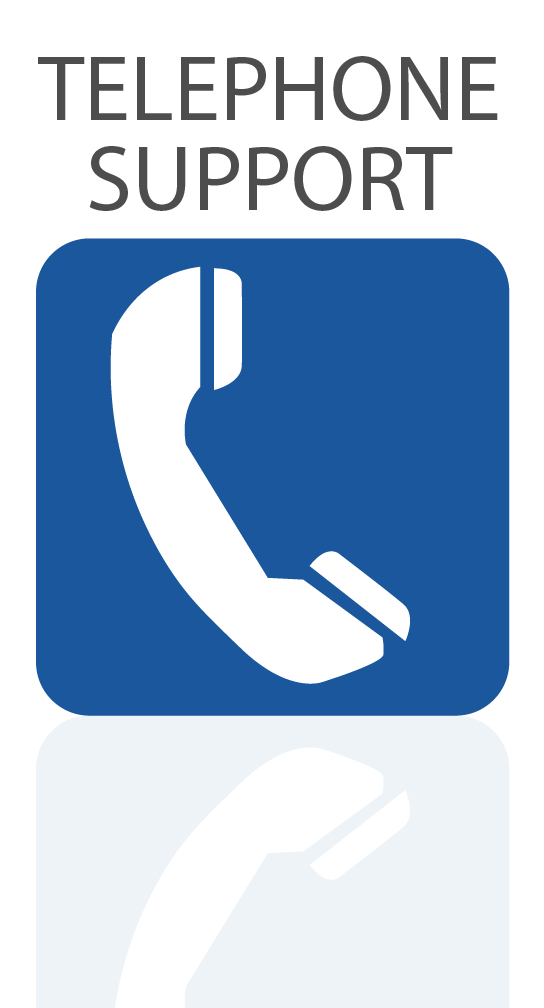Robin Vincent of Molten Music Technology reviews the Ferrofish Pulse 16 CV AD/DA Converter with DC-Coupled Outputs.
Robin’s website and YouTube channel cover anything and everything modular synthesis. From module reviews to performance patches and even DIY builds, Molten Music Technology also covers music technology hardware and monthly round-ups of news in the Music Tech world.
In this review video, Robin pairs the Ferrofish Pulse 16 CV with Bitwig Studio, running viewers through sending control voltage to his modular gear via the Ferrofish’s 16 x DC-coupled outputs.
Many thanks to Robin for the review! If you’re interested in all things modular synthesis, make sure you check out Molten Music Technology.
Watch the review of the Ferrofish Pulse 16 CV below.
See more videos at Synthax TV
“As for the Pulse 16 overall, it’s just a beautiful piece of gear. It sits there and does its thing”
 Ferrofish Pulse 16 Range
Ferrofish Pulse 16 Range
The Ferrofish Pulse 16 range are a powerful and flexible expansion solution for musicians and producers working with keyboards, drum machines and synthesisers. With their 16 balanced TRS inputs and 16 balanced TRS outputs, the Pulse 16 series is perfect for the direct recording of hardware instruments or those looking to integrate outboard gear into their setup.
Connection to an existing setup is simple; four ADAT inputs and four ADAT outputs allow the use of all 16 analogue channels at up to 96kHz sample rate. Carrying eight channels per ADAT cable, the full channel stream can be transferred in and out of the Pulse 16 with just four extra cables.
MIDI I/O is available for remote control via Ferrofish’s RemoteFish software, whilst Wordclock I/O can be found in the form of standard BNC connections.
For users of MADI-equipped devices, the Pulse 16 MX is packed with the same I/O as the base Pulse 16 model with the addition of either a Singlemode or Multimode MADI SFP module. The added capability of MADI equips the Pulse 16 MX with a further 64 x 64 channels of audio that can be routed to any digital or analogue input on the Pulse 16 MX by using the onboard routing matrix or RemoteFish software. The standard Pulse 16 can also be upgraded with an SFP and unlock code if needed.
Finally, the 1U chassis of the flagship Pulse 16 DX is filled with all the connections of the Pulse 16 MX whilst adding a further 64 x 64 channels of network-ready audio thanks to Audinate’s Dante protocol. This means the Pulse 16 DX can be seamlessly integrated into any Dante audio network.
For more on the Pulse 16 series, watch our short overview video of the Pulse 16 series.
The Pulse 16 range – now with DC-Coupled Outputs
Expanding on the popular Pulse 16 range, Ferrofish have added three new “CV” models to the series, all offering DC-coupled outputs. This modified version of the range allows control voltages (CV) to be sent to other equipment such as analogue and modular synthesizers, something that Robin highlights in his review.
“The Pulse 16 CV provides expansion to your studio. It provides this avenue of modulation into your modular and provides multi-track recording of that.”
Using Bitwig Studio as an example of generating and sending CV data via the Pulse 16, Robin points out that using this particular software isn’t a prerequisite to take advantage of the Pulse 16 CV’s control voltage capabilities.
“You don’t have to use Bitwig, you could use Reaktor or Ableton Live. Any software that supports control voltage generation, you can use the DC-coupled Outputs of the Pulse 16 to effect your modular and analogue synthesisers.”
“The key thing being the DC-coupled outputs that opens up the entire world of modulation.”
The inclusion of DC-coupled outputs makes the Pulse 16 CV a powerful all-round converter for adding all kinds of hardware into your recording setup. Alongside modular synthesisers, more traditional hardware synths, drum machines, keyboards and guitars can be recorded into a DAW when paired with an audio interface.
“That’s the beauty of the Pulse 16 CV – I’ve got all these DC coupled outputs that I can jam in for extra modulation and I’ve got all these inputs for recording multi-channel audio.”
 Recording with the Pulse 16 CV
Recording with the Pulse 16 CV
“Very often when I’m making music on my modular, I just end up with a stereo mix and that’s good enough for putting up with a video. But once you start introducing multitrack recording you suddenly realise you can put individual oscillators and individual voices onto individual tracks and then you could actually do a bit of mixing, so you don’t need to do it on the spot.”
One of the biggest benefits that Robin highlights is the ability to create multi-track recordings of his modular setup. This is possible thanks to vast number of analogue inputs available on the back panel of the Pulse 16 CV. This makes it possible to not only mix individual channels but add additional effects such as reverb and delay.
“You often find yourself when jamming on modular, you’ve got everything going at once. But if you actually want to sit down and create a track, it’s going to make sense to blend stuff in and take stuff out. This takes your modular to another level.”
The Pulse 16 CV – Easy to Use. Easy to Control.
In summarising his time with the Pulse 16 CV, Robin was quick to commend its usability.
“As for the Pulse 16 overall, it’s just a beautiful piece of gear. It sits there and does its thing… the displays on the front are beautiful and useful because you can see something’s happening when you’re struggling to get the modulation in the right place.”
The Pulse 16 CV features the same easy-to-use menu and front panel design that gives you all the input and output levels at a glance. Especially when paired with a large amount of CV data being sent to modular gear, the ability to see each level makes troubleshooting a breeze.
When connected to an interface via MIDI, the Pulse 16 range can also be remote controlled using Ferrofish’s RemoteFish software. RemoteFish allows you to control every aspect of the Pulse 16, including input and output levels, routing as well as saving and recalling presets. Because presets are saved to the device, not a computer, it is possible to configure the unit with ease on a computer and recall it when needed again without RemoteFish.
You can learn more about RemoteFish here.
Ferrofish AD/DA Converters
German manufacturer Ferrofish offers a range of quality AD/DA converters, with digital connectivity options including ADAT, MADI and Dante. Their Pulse 16 and A32 ranges provide high channel count conversion in extremely cost-effective packages, perfectly suited to studio, live and broadcast applications.
Features include comprehensive front-panel controls, TFT displays with level metering for all channels, headphone outputs for monitoring of all signals, and detailed, multilingual onboard manuals, and control software for controlling Ferrofish converters remotely.
Check out the full range of Ferrofish AD/DA Converters
Our thanks again to Robin Vincent at Molten Music Technology for the review!
 If you’d like to know more about Ferrofish AD/DA and format converters, give us a call on 01727 821 870 to speak to one of our team or to arrange a demo. You can also contact us.
If you’d like to know more about Ferrofish AD/DA and format converters, give us a call on 01727 821 870 to speak to one of our team or to arrange a demo. You can also contact us.





















